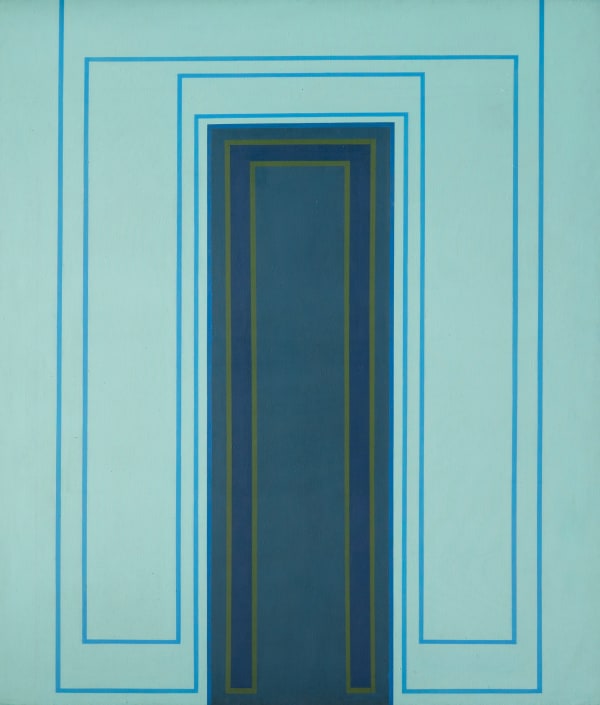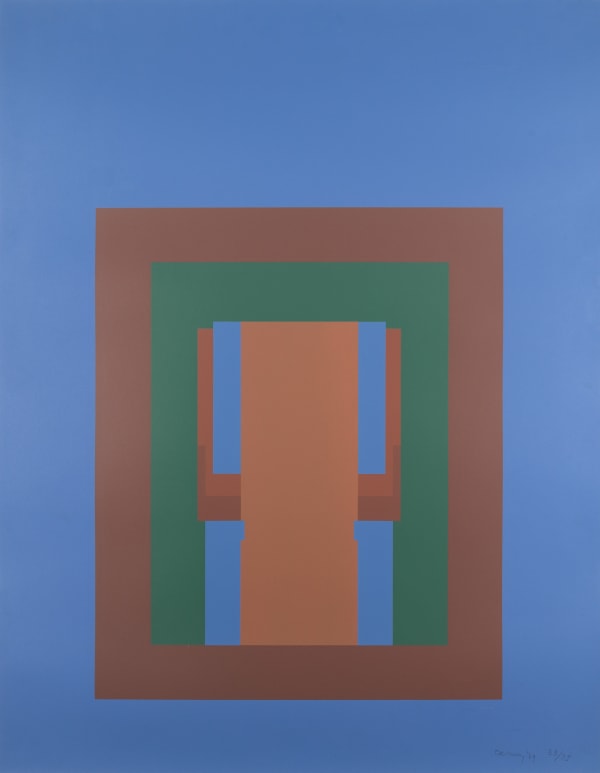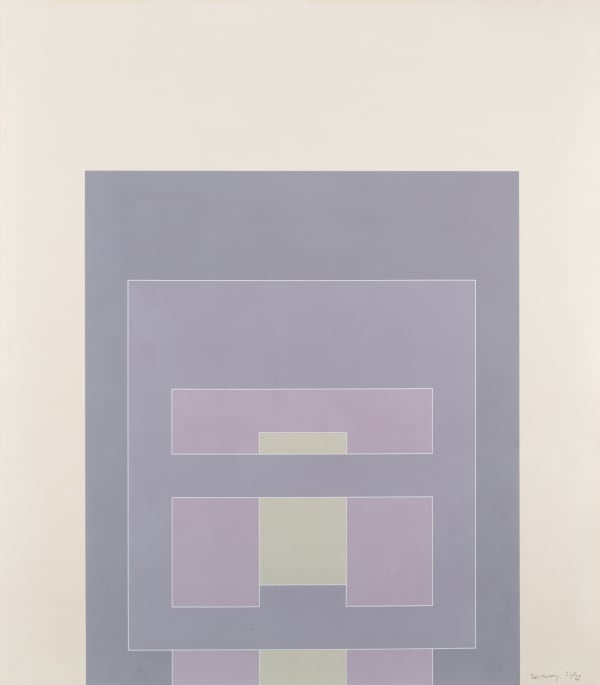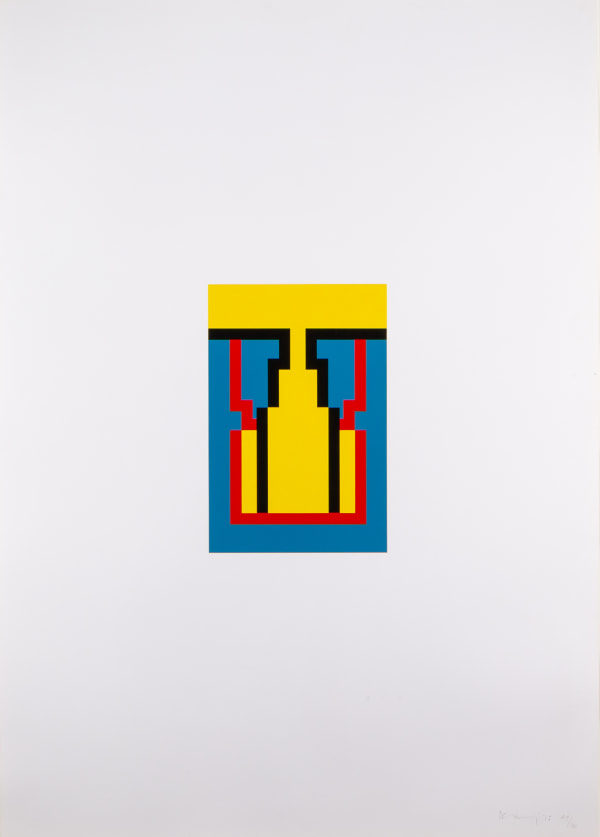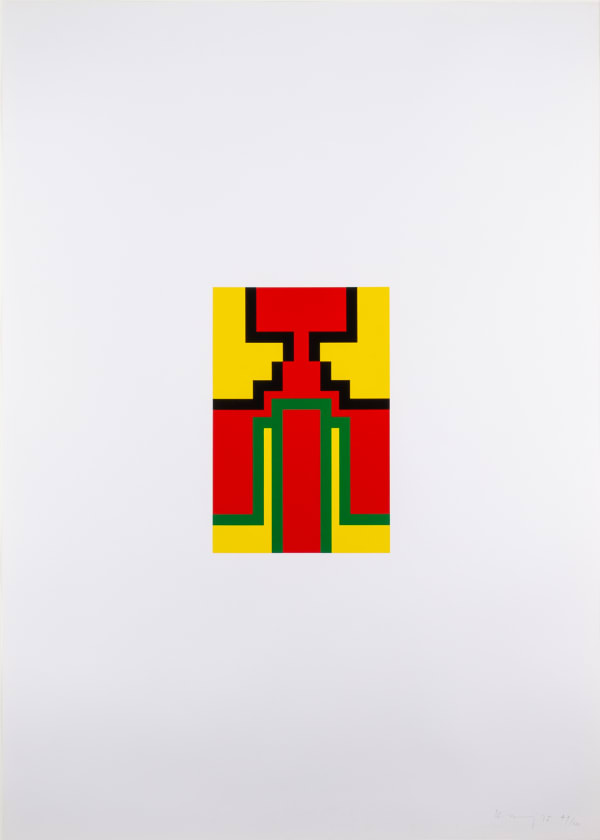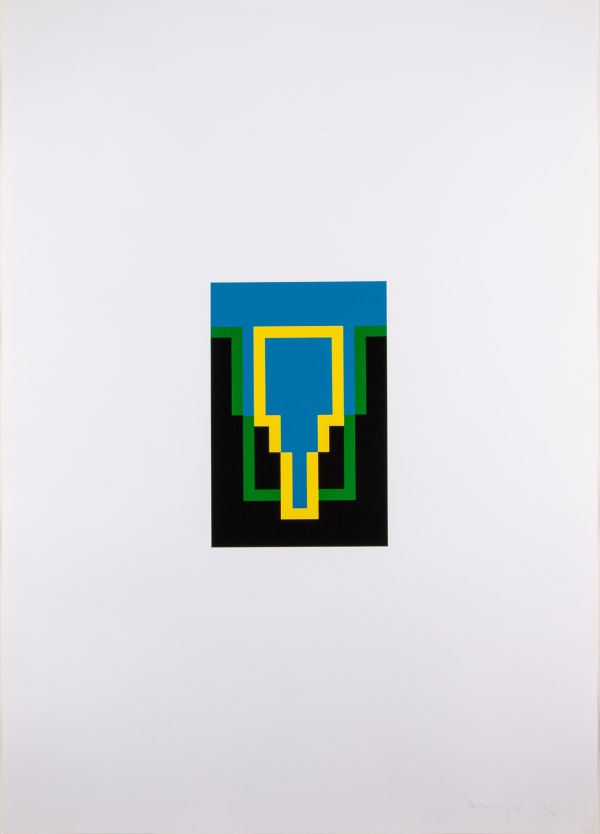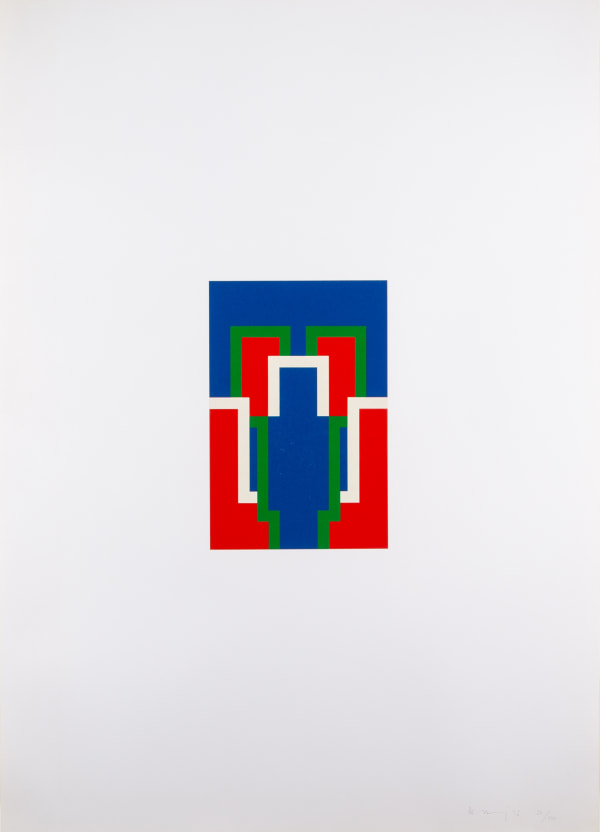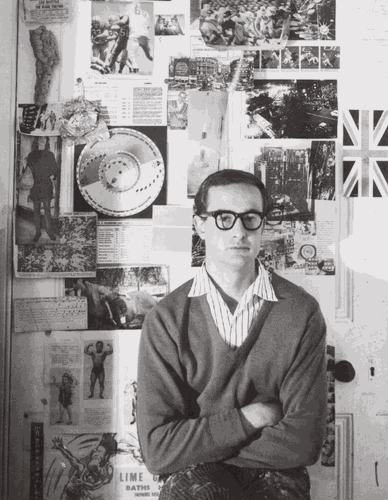Robyn Denny Paintings for Sale1930-2014
-
 Robyn DennyLine-Up 1, 1962
Robyn DennyLine-Up 1, 1962 -
 Robyn DennyI (Royal), from The Paradise Suite, 1969£ 1,000.00
Robyn DennyI (Royal), from The Paradise Suite, 1969£ 1,000.00 -
 Robyn DennyUntitled I, from Waddington Suite, 1968-1969£ 950.00
Robyn DennyUntitled I, from Waddington Suite, 1968-1969£ 950.00 -
 Robyn DennyUntitled II, from Waddington Suite, 1968-1969£ 950.00
Robyn DennyUntitled II, from Waddington Suite, 1968-1969£ 950.00 -
 Robyn DennyUntitled III, from Waddington Suite, 1968-1969£ 950.00
Robyn DennyUntitled III, from Waddington Suite, 1968-1969£ 950.00 -
 Robyn DennyUntitled IV, from Waddington Suite, 1968-1969£ 950.00
Robyn DennyUntitled IV, from Waddington Suite, 1968-1969£ 950.00 -
 Robyn DennyUntitled V, from Waddington Suite, 1968-1969£ 950.00
Robyn DennyUntitled V, from Waddington Suite, 1968-1969£ 950.00 -
 Robyn DennyVI, from Thomas Suite, 1975£ 900.00
Robyn DennyVI, from Thomas Suite, 1975£ 900.00 -
 Robyn DennyV, from Thomas Suite, 1975£ 900.00
Robyn DennyV, from Thomas Suite, 1975£ 900.00 -
 Robyn DennyIV, from Thomas Suite, 1975£ 900.00
Robyn DennyIV, from Thomas Suite, 1975£ 900.00 -
 Robyn DennyIII, from Thomas Suite, 1975£ 900.00
Robyn DennyIII, from Thomas Suite, 1975£ 900.00 -
 Robyn DennyII, from Thomas Suite, 1975£ 900.00
Robyn DennyII, from Thomas Suite, 1975£ 900.00 -
 Robyn DennyI, from Thomas Suite, 1975£ 900.00
Robyn DennyI, from Thomas Suite, 1975£ 900.00 -
 Robyn DennyHand Job, 1987Sold
Robyn DennyHand Job, 1987Sold
Robyn Denny was one of a group of young artists who transformed British art in the late 1950s, leading it into the international mainstream. Reacting against the mainstream St Ives School of landscape-based painting and inspired by Abstract Expressionism, American films, popular culture and urban modernity, they saw abstract painting as their only conceivable route.
He was born in Abinger, Surrey, the third son of Henry Denny, a clergyman, and his wife Joan, whose family name was also Denny. He was educated at Clayesmore school, Dorset.
After national service in the Royal Navy he studied at St Martin's School of Art (1951-54) and the Royal College of Art (1954-57).[3] After graduating from the Royal College in 1957 he was awarded a scholarship to study in Italy, then taught part-time at Hammersmith School of Art, the Slade School of Art and the Bath Academy of Art, Corsham.
Among the paintings Denny created at the Royal College are rudimentary images of heads, indebted to French Tachisme, with dripped and dribbled paint. These were interspersed with abstract collages and large gestural paintings which display the broad gestures and bold marks of American Abstract Expressionism, exhibited in London in 1956 and 1959. In 1969, he organised an exhibition for the Arts Council on the American artist Charles Biederman, who for over 20 years worked exclusively on vividly coloured abstract reliefs. This experience coincided with a new intensity of colour in Denny's work, shifting from rich, dark harmonies to high, bright contrasts, from a sense of twilight to daylight. In 1981 Denny moved to Los Angeles, but returned to London in 1986.
In California, Denny's painting again changed radically. In the late 1970s, the acrylic 'Moonshine' drawings had incorporated scratch marks, leading eventually to a series of large monochrome paintings where a concentrated cluster of scratching rests, with shockingly disruptive impact, on a thin horizontal: a datum line, never a 'horizon'. The acrylic surfaces are delicate and subtly modulated, constructed from up to 30 layers of pigment applied until it is intensely rich, absorbing the eye and the attention.
